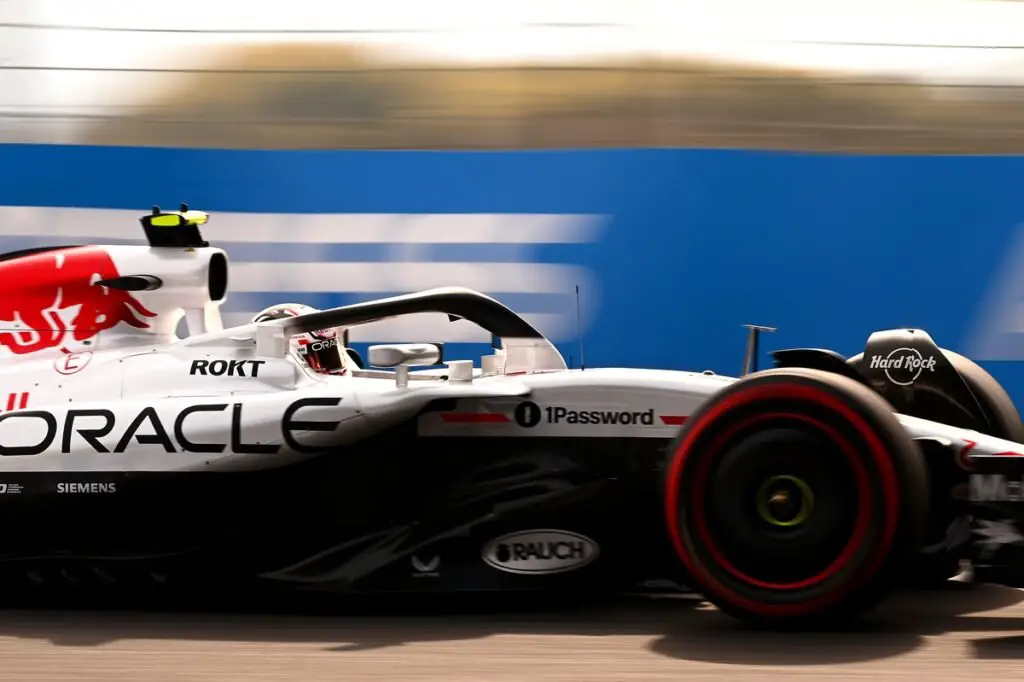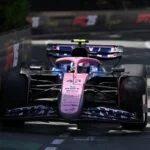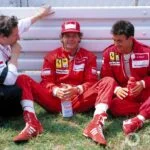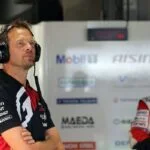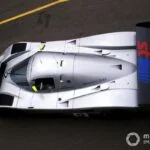Navigating the Red Bull Cockpit: Yuki Tsunoda’s First Race Weekend
In the high-stakes world of Formula 1, seizing every opportunity is crucial. The first three races of the season have been held at unique venues, each with distinct characteristics unlike most circuits on the calendar. Remarkably, all these races have been won from pole position, sparking a debate among teams and drivers about the return of ‘dirty air.’
Qualifying: The Crucial Phase of the Weekend
With qualifying becoming the decisive factor in race outcomes due to the resurgence of ‘dirty air,’ Yuki Tsunoda faces his biggest challenge. His first weekend in the Red Bull cockpit showed promise, but he struggled to string together a quick lap when it mattered most.
Despite being just a tenth off teammate Max Verstappen in the first practice session, there were extenuating circumstances that prevented him from setting a representative performance lap in the second practice session. However, he seemed more comfortable with the car than his predecessor, Liam Lawson.
Overcoming the RB21’s Quirks
Tsunoda had the pace to reach Q3, but he faltered at crucial moments during qualifying. His inability to capitalize on his potential relegated him to a finish outside the top 10 on race day, where overtaking required being almost a second faster than the car ahead.
Tsunoda’s mandate at Red Bull isn’t to beat or match Verstappen but to play the team game as number two: collect points, ensure rivals score fewer, and be a lurking presence to dissuade other teams from playing tactical games. Had circumstances been different in Japan, McLaren could have exploited this opportunity.
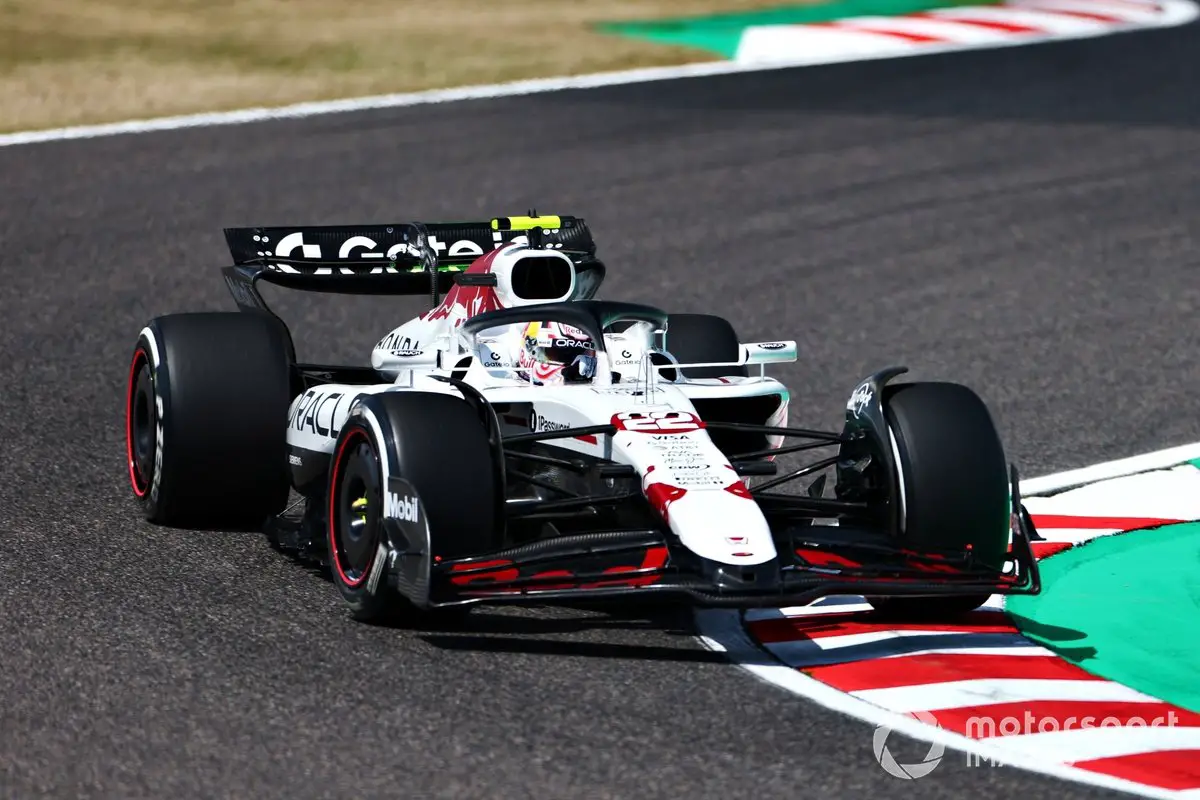
Adapting to the RB21
The RB21’s front and rear axles often clash over who reaches the apex first. After qualifying in Suzuka, Tsunoda suggested a gust of wind might have been responsible for his snap at Turn 2 – but this excuse will wear thin soon. He admitted that he hadn’t nailed the tyre preparation as well as he should have.
Where Verstappen has excelled is his ability to load up the front wheels progressively enough to avoid provoking the RB21’s tetchy rear axle. It’s not a car that rewards aggressive driving, despite what some might think of Verstappen. Since the car isn’t changing in the short term, Tsunoda needs to learn to make it work for him.
The Bahrain Challenge
This weekend, the challenge lies at the Bahrain International Circuit, a track with very different characteristics from those of the first three races. The circuit, dating back to an era when F1’s architect of choice believed in engineering overtaking opportunities by provoking drivers into mistakes, features tricky camber changes and wide approaches to slow and medium-speed corners.
With few high-speed corners that reward peak downforce, the RB21 may struggle on this track. All these factors add up to a greater challenge for Tsunoda due to his lack of experience with the RB21.
Consistency is Key
What Tsunoda needs right now is consistency, but he’s unlikely to get it in Bahrain. The track’s characteristics will likely expose his lack of experience with the RB21, making it a scruffy lap due to the car’s tendency to snap from understeer to oversteer.

